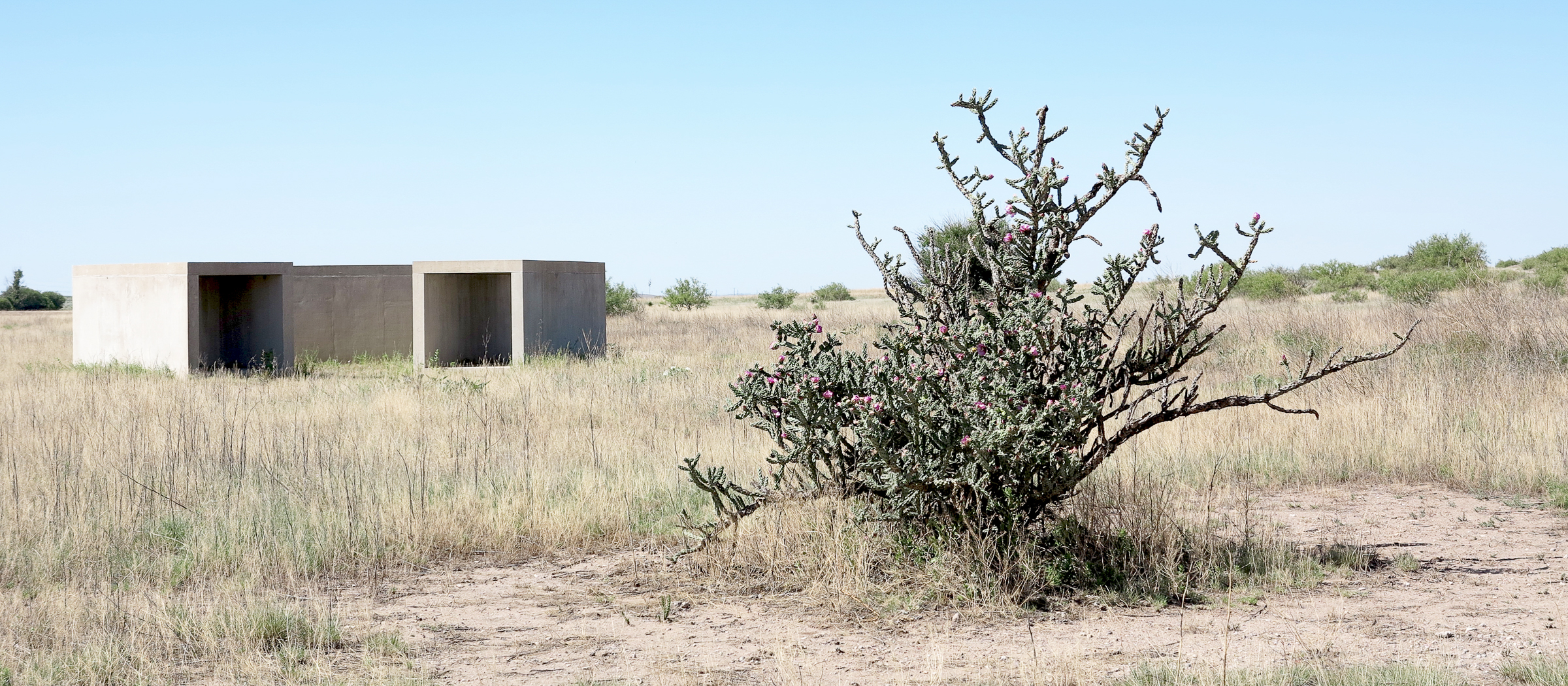Conservatories: Putting Plants on a Pedestal

- Words by
- Georgina Reid
- Images by
- Haarkon
I clearly remember my first visit to the Princess of Wales Conservatory at Kew Gardens in London. What struck me was the subjective nature of the value of the plants within it. I chuckled to myself, seeing the same succulents I treated with the toughest of tough love in my backyard in Sydney mollycoddled in a climatically controlled greenhouse. Whilst special in my garden, they were extra special in London.

The desire to have the hard-to-find, and the unique and unusual, has been around as long as humans have walking the earth. The issue with plants, however, is maintenance. Yes, you can probably buy an endangered Gold of Kinabalu orchid (Paphiopedilum rothschildianum) for a few thousand dollars, but if you don’t live on the side of Mount Kinabalu in Malaysia, how will you keep your prized possession alive? And if you live in England, forget it. Unless…
Aha! Of course, a conservatory! The answer to all hard-to-find plant collector’s dreams. As the world became more accessible in the 16th century, travellers would return to Europe with oranges, figs, spices, lemons from the Mediterranean. Wealthy folk HAD to have such plants growing on their estates, so the conservatory was developed to protect the cold-tender immigrants from the harsh northern European winters. Over the ensuing centuries, the international must-have plant list expanded to tulips from Turkey, orchids from Asia, cactus from the Americas, bromeliads from Brazil and the ubiquitous Eucalyptus from Australia.
All these valuable lives needed protection, and conservatories were in high demand, particularly during the 19th century when plant hunting was at its peak.
First, they popped up on the estates of the elite, and soon after they became accessible to the wider public through their construction in botanical gardens throughout many European cities and towns, allowing the wider public to see and touch plants from all corners of the earth. Imagine how exotic and wonderful it would have been in the 19th century to see plants like cacti and orchids in real life – being so far removed visually and ecologically from the gentle northern European greenery – and so inaccessible otherwise?
It was clearly mind-blowing for Roberto Burle Marx, the famous modernist landscape architect from Brazil, when he discovered the beauty of the native plants of his home country in a conservatory in the Berlin Botanic Gardens, not in the country of his birth! This event so inspired him that upon returning home he dedicated much of his life to growing and understanding the native flora of Brazil.
What I love about conservatories is this: They put plants on a pedestal.
A plant in a conservatory has an implied value – that it’s worthy of protection and nurture. I reckon, however, all plants are worthy of such attention. But we humans like to pick and choose, so we pick the ones from the other side of the world to value whilst ignoring the weeds growing in cracks in the footpath.
Above all, though, conservatories are places of learning and inspiration. They’re contrived collections of exotica that rarely fail to excite even the most unenthusiastic black-thumb. Without them, the world would be a little less magical.
—
The images accompanying this story were taken in the Princess of Wales Conservatory at Kew Gardens, London, by the talented pair of greenhouse hunters India and Magnus from Haarkon. Learn more about them here, or visit their website and AMAZING Instagram feed.














